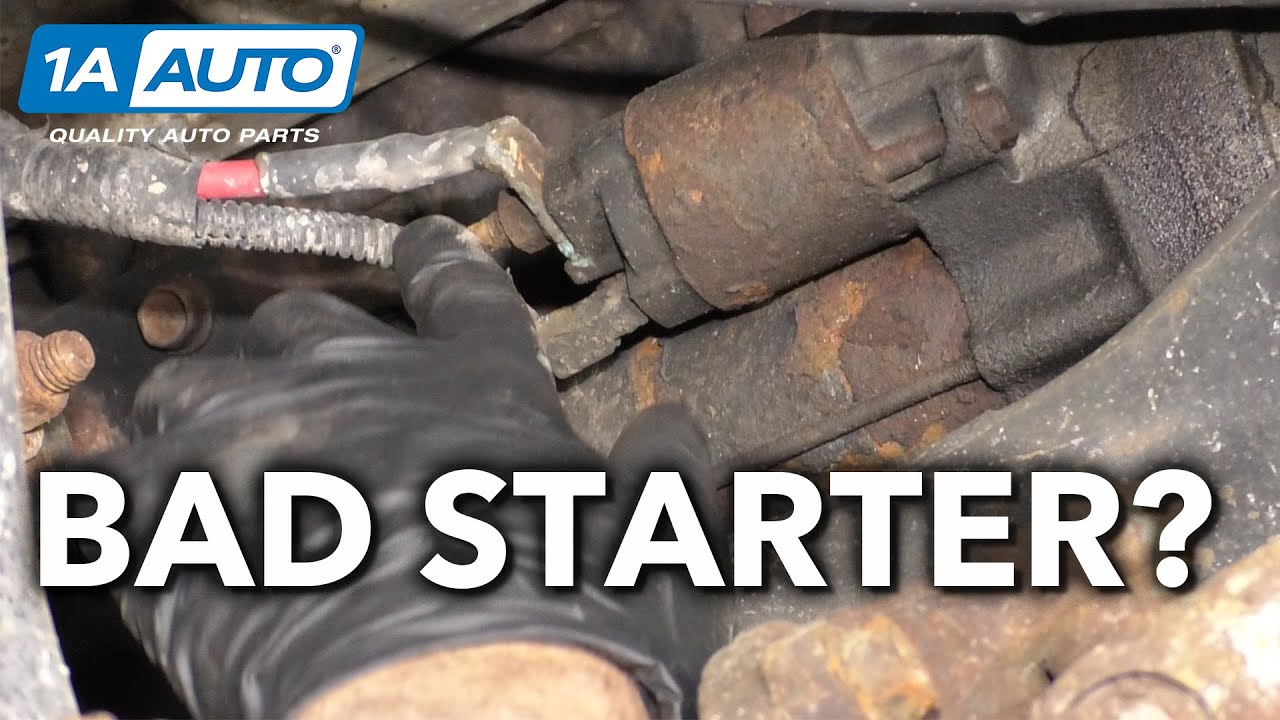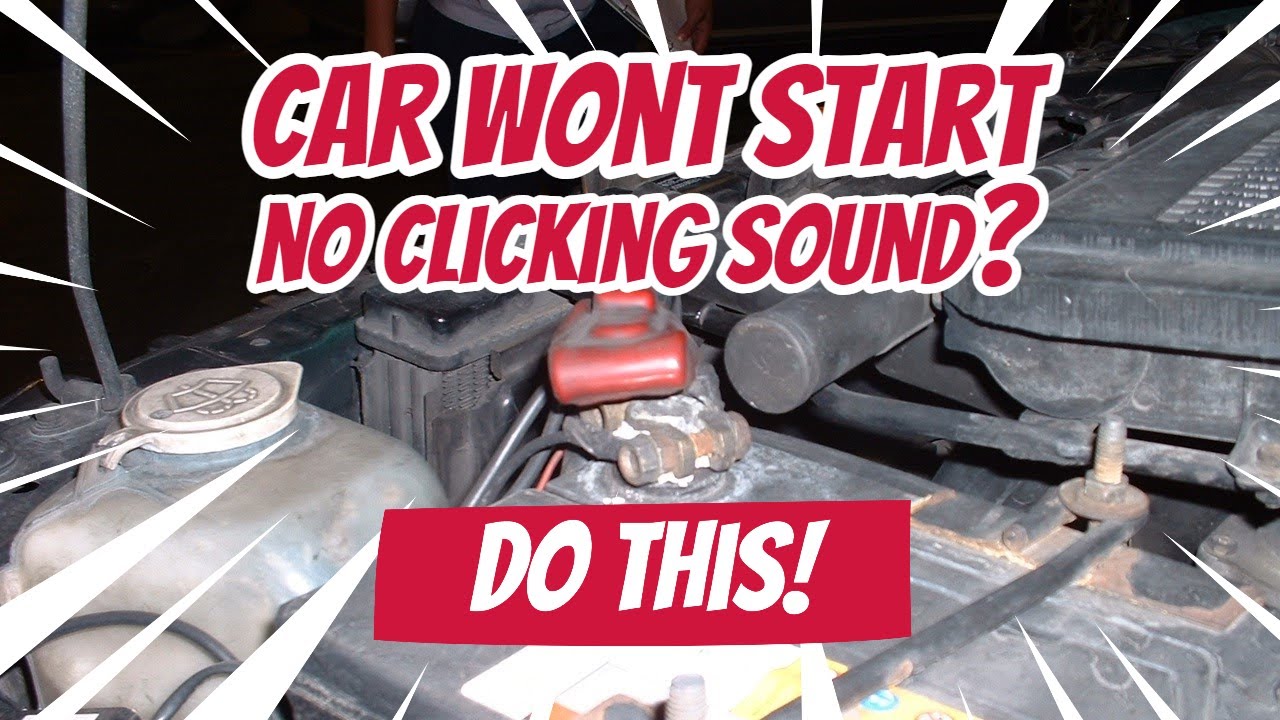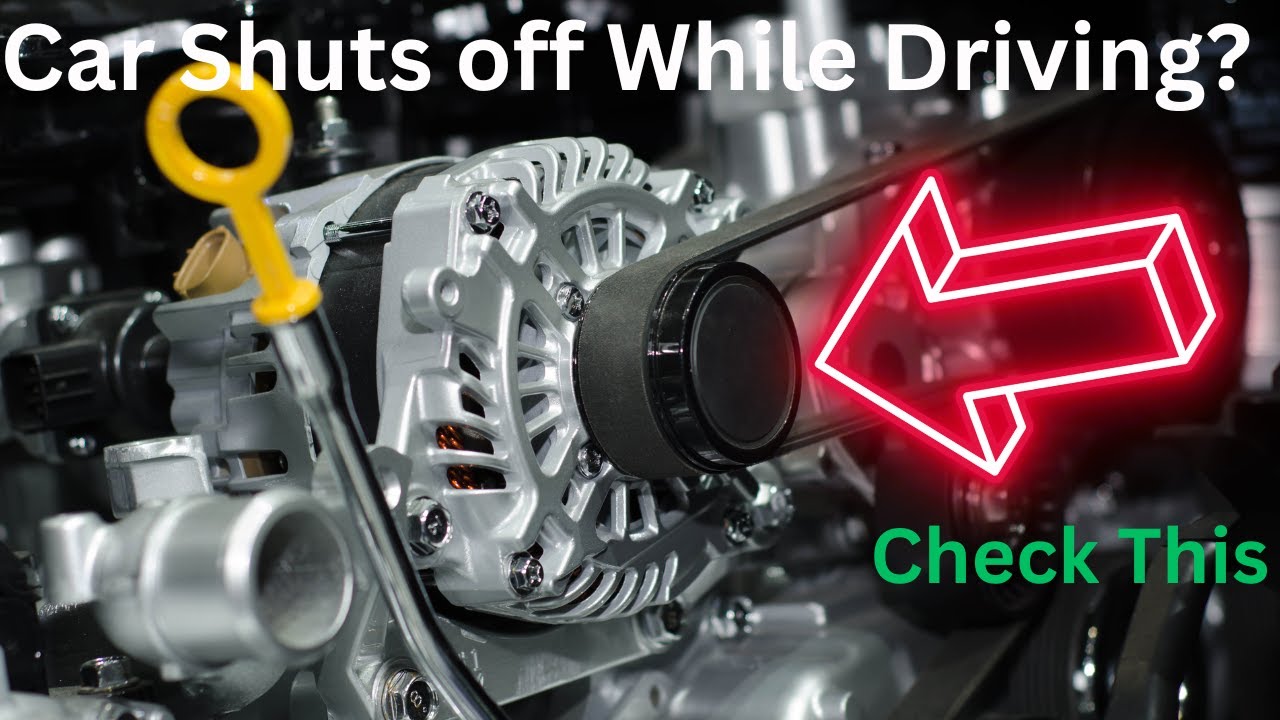Automobiles do not make any kind of starting signal. Even while a car owner hopes their vehicle will start every time, that isn’t necessarily the case.
After parking your car, getting back in it and finding that the engine won’t start when you turn the key is a major pain.
How Come the Starter Isn’t Engaging the Flywheel?
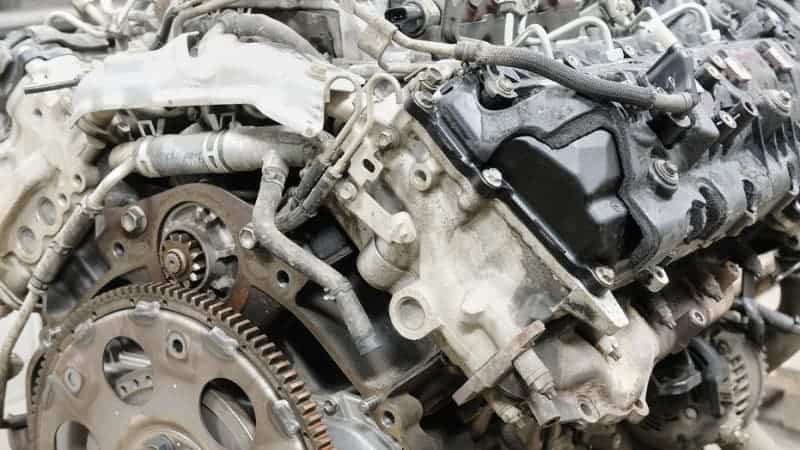
One step toward fixing a car won’t start unless you figure out what’s wrong with the starter and why it won’t engage the flywheel. A vehicle’s starter might not engage the flywheel for the reasons listed below.
Low voltage on the battery
The starter motor of a vehicle is battery-dependent. Therefore, the starter won’t engage the flywheel to crank the engine and start the vehicle if the battery voltage is low. It is possible that the battery is to blame when a starting turns but no crank is produced.
There are a number of potential causes for a car battery to lose voltage. To diagnose a car battery problem, it is necessary to look for symptoms such as parasitic drain, a loose connection, a corroded terminal, etc.
Improper wiring for the starter
There is a wire connection between the battery and the starter motor in a car. If there are any problems with the wire connection, the starter won’t be able to turn the flywheel.
A typical wiring fault that impacts the correct functioning of a vehicle’s starting motor is a loose cable connection. It ought to be double-checked.
Solenoid for starter
To operate the beginning motor, the plunger inside the starter is pushed by the starter solenoid, which is located on top of the starter. This forces the pinion gear to meet the flywheel.
Solenoid wiring can develop a flaw and fail to engage the flywheel and starter motor properly as a result of wires being loose, dusty, or broken with time. This might explain why your Chevy starter isn’t turning the flywheel, in case you were wondering.
Broken flywheel
In a car, the flywheel sits halfway between the engine and the gearbox. When you turn the starter on, it spins the flywheel, which turns the crank and starts the engine.
A huge vehicle, such as a tractor, follows the same principle. If your tractor’s starter isn’t engaging the flywheel, you might be asking why.
The flywheel is susceptible to wear and tear, cracks, and tooth loss as time passes. The starter has trouble engaging the flywheel correctly when any of these things occur.
What Gives When a Starter Isn’t Turning Over?
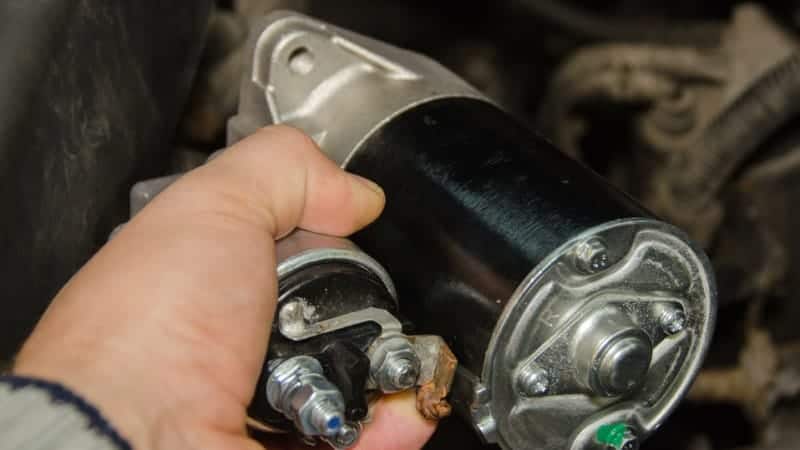
Get a new battery or charge the old one.
Assume that a low battery voltage prevents the vehicle’s starter from engaging the flywheel. If the low voltage happens frequently, it’s important to check the battery there to find out why.
Obtaining a battery charger and charging the battery to its maximum capacity usually resolves the issue. In other cases, you might need to purchase a brand-new battery to replace the old one that was faulty. You might be lucky if this fixes a car whose starting Bendix isn’t engaging the flywheel.
Check all wires for loose connections and secure them
One typical issue with autos is loose cables. A manipulated starter wiring connection from a prior repair near the starter or the battery could be to blame.
The starting motor and battery connection is a potential weak spot, so you should check for and, if necessary, strengthen this connection
Use a jumper wire to ground the solenoid.
If you find that the solenoid is not working properly, obtain a jumper wire and connect it to a bolt located in the engine compartment of your vehicle. At that point, turn the key to the ignition and listen carefully to what the car says.
A clicking sound should be heard from the solenoid. The solenoid should be fine if the sound is audible; otherwise, you should double-check the wiring. Changing the solenoid is the recommended course of action if the problem continues.
Look for damage to the flywheel by inspecting it.
Checking the flywheel is a good idea because it can get damaged or worn out over time. Start the engine and shift into neutral (N) to accomplish this. To turn the crankshaft, next grab a ratchet. Be careful to check the flywheel for damage as you go forward.
The difficulty starting your car could be due to damage to the flywheel. Get a new flywheel right now if you can. To fix it, you might need to know how to line up a starter with a flywheel.
Swap out damaged pinion gears
If you find that the pinion gears spin in both directions, you’ll need to purchase a new one quickly so the starter can engage the flywheel properly and work.
Conclusion
If your vehicle’s starter isn’t contacting the flywheel, it could be due to a low battery voltage, a broken solenoid, wires that aren’t properly connected, or a damaged flywheel. The solution to this problem has already been given in the article up top.
In a situation like this, you are already prepared. Your knowledge of the situation should allow you to provide sound advice to a buddy who complains about a comparable matter.


